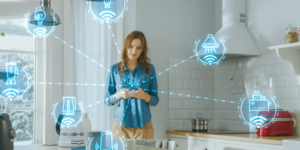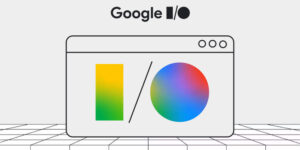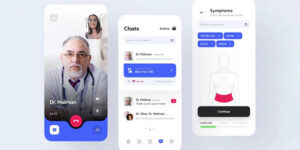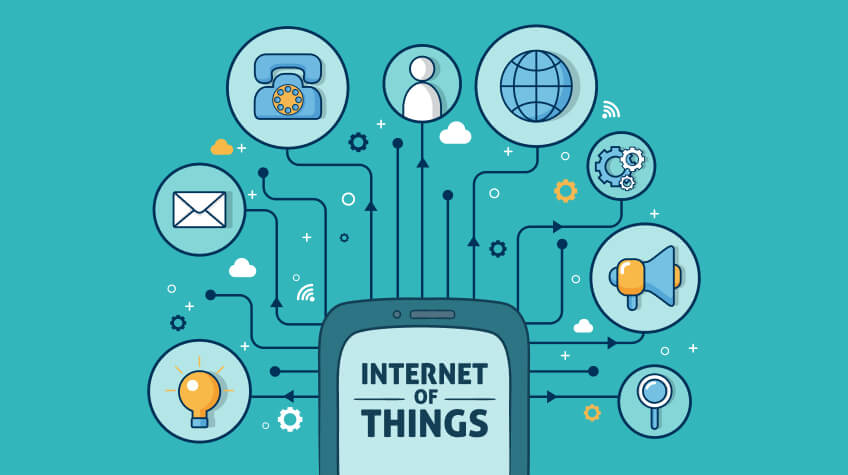
2024 will see the Internet of Things applications taking center stage as one of the leading innovations. Businesses and individuals use IoT applications as we become ever more interconnected to increase efficiency, make better decisions, and open new possibilities.
Today is an age defined by cutting-edge technologies and emerging trends melded together seamlessly, placing more importance on innovative solutions to complex issues than ever.
The blog explores the main features of IoT app development and the costs involved. Businesses navigating IoT must consider various factors, from the intricacies surrounding device compatibility to data security and the effects of artificial intelligence and 5G connectivity.
Understanding IoT’s changing features and associated costs is crucial for anyone looking to maximize the potential of the Internet of Things.
IoT App Development: Key Features
Businesses and individuals want to use IoT apps to improve efficiency, make better decisions, and develop innovative solutions. Consider these key factors when developing IoT apps:
➥ Device Compatibility and Connectivity
IoT applications should integrate seamlessly with different devices, platforms, and sensors. It is essential to support multiple communication protocols, such as MQTT and HTTP, to ensure connectivity between diverse IoT ecosystems.
➥ Data Security and Privacy
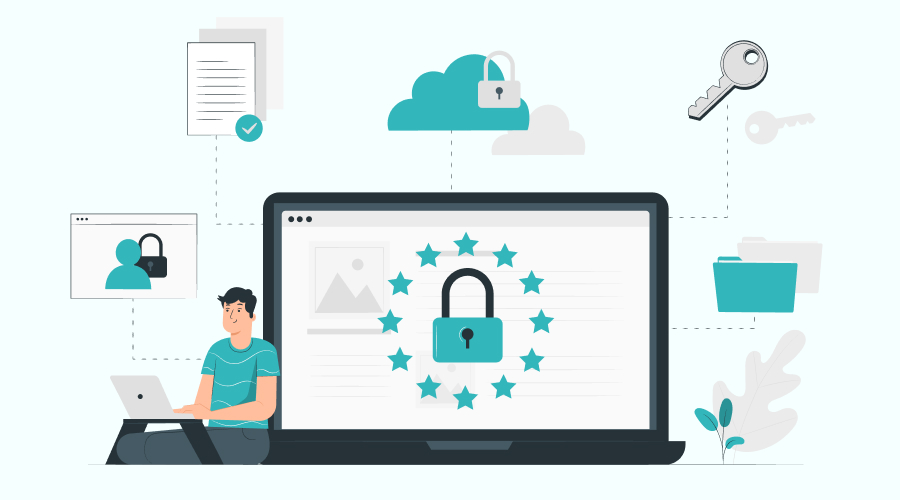
Due to the nature of data, security is a priority in IoT. It would be best to have robust encryption, secure authentication, and regularly scheduled security audits to protect yourself from unauthorized access to data, cyber threats, and more.
➥ Scalability
Scalability is essential because IoT ecosystems proliferate. Apps should be able to scale up and handle more devices, data, or both without impacting performance. Scalability is often achieved by using cloud-based solutions.
➥ Real-Time Data Processing
IoT depends heavily on the real-time processing of data for rapid decision-making. Apps should be able to gather, process, and analyze this information to effectively respond quickly to changing or evolving conditions.
➥ Remote Monitoring and Control
Remote monitoring and controlling connected devices is one of the primary advantages of IoT. To use its full potential, apps must provide users with a user-friendly experience for remotely tracking devices, receiving alerts when something occurs, and controlling them from any location.
➥ Interoperability
It is essential to ensure that different devices can work and communicate together. Interoperability is enhanced by standards such as MQTT or CoAP, which allow devices to exchange data with other protocols.
➥ User Authentication and Authorization
Robust authentication and authorization mechanisms must be in place to prevent unauthorized access. The overall security of an IoT app is enhanced by multi-factor authentication and role-based control.
➥ Edge Computing
Edge computing can be used to benefit IoT app development services. This involves processing data close to its source rather than solely relying on cloud servers. The application becomes more responsive as the latency and bandwidth are reduced.
➥ Integration with Analytics and AI
The app can gain more insights by integrating AI and analytics capabilities. Machine learning and predictive analytics algorithms help make proactive choices.
➥ Energy Efficiency

Limited sources of power for many IoT products. Energy-efficient apps ensure that devices will operate without the need to be recharged or replaced frequently. It is essential when IoT devices are deployed in inaccessible or remote locations.
➥ Compliance with Regulations
IoT applications often handle sensitive data. Compliance with data protection laws is paramount for your app’s legal protection and user privacy. To avoid legal problems and safeguard user data privacy, ensuring compliance with GDPR, HIPAA, or similar regulations should be paramount in its design and operation.
➥ Robust API Support
A well-documented IoT application should provide APIs facilitating integration with other applications and services. It encourages the creation of an ecosystem that surrounds the IoT app.
➥ Flexibility and Customization
IoT deployments are unique. Users can customize apps that allow customization and flexibility according to their requirements.
➥ Redundancy and Reliability
IoT apps must have high reliability, particularly in cases of critical usage. Redundancy mechanisms and failovers ensure the system continues operating despite network or hardware issues.
➥ User Interface and User Experience
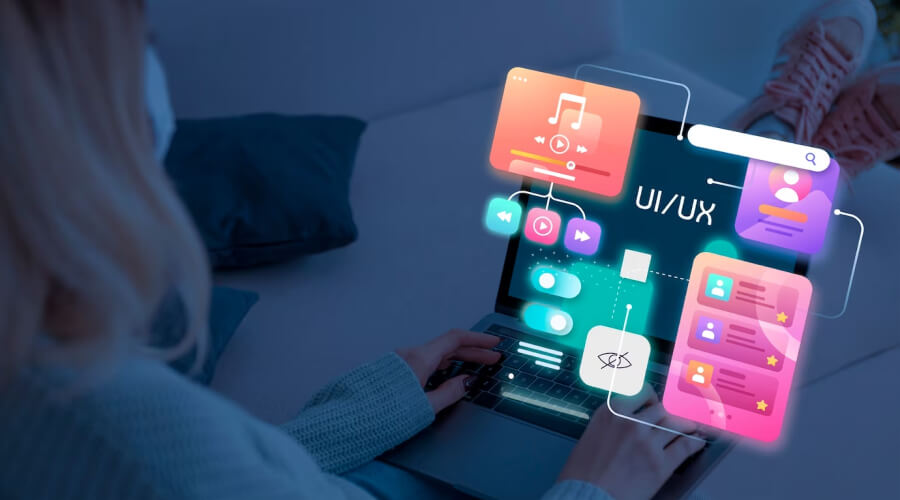
Establishing a user-friendly, intuitive interface is crucial for enhancing usability and retention. Clear data visualizations also contribute significantly.
Factors Influencing the Cost of Developing an IoT Application in 2024
Here are some factors that influence the cost of IoT app development:
➥ Application Complexity
The costs of IoT applications are determined mainly by their complexity. The cost of developing applications with complex features, such as advanced analytics and real-time processing, will increase.
➥ Type and Number of Connected Devices
Costs of development are affected by the scale and type of IoT deployment. The complexity of managing a fleet of devices that use different communication protocols, data formats, and other features increases development costs.
➥ Security Requirements
The security of IoT software development is paramount. The cost and time of developing strong encryptions, authenticating mechanisms, and conducting regular audits for security to combat cyber threats is increased. Security levels will vary depending on the information’s sensitivity and possible consequences of a breach.
➥ Data Storage and Processing Needs
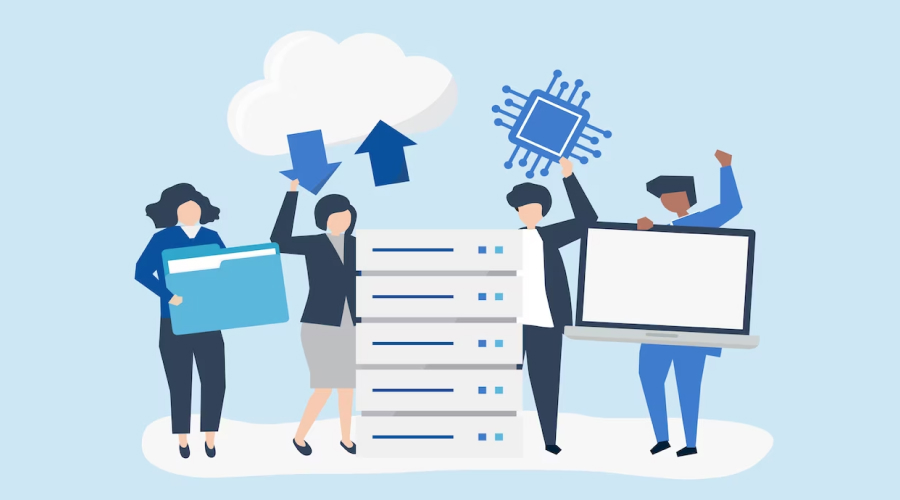
Costs are affected by the amount of data that IoT devices generate and process. The cost of cloud-based storage and processing solutions may be higher, but these provide flexibility for large amounts of IoT data.
➥ User Interface and User Experience
Design and development of an intuitive interface can contribute to overall costs. Using intuitive dashboards, real-time visualizations, and responsive designs enhances the user experience but may require more resources and development.
➥ Integration with Other Systems
IoT apps often require integrating enterprise systems, third-party services, and other IoT platforms. Integration complexity can significantly impact costs, particularly if you need custom APIs and middleware.
➥ Geographical Location of the Development Team
The location of the team is a critical cost factor. The labor rates in different regions vary greatly, and developers from certain countries are paid higher wages. While offshore development can offer cost savings, it could also present challenges in terms of communication and collaboration.
➥ Regulatory Compliance
Compliance with standards, industry regulations, and data protection laws can complicate development. Costs can be increased by ensuring that IoT applications meet legal requirements. This may require additional testing and documentation.
Emerging Trends Affecting IoT Application Development Costs
Several trends will influence the cost of IoT app development:
➥ Edge Computing Adoption
IoT is increasingly embracing edge computing. This involves processing data closer to its source rather than in the cloud. This trend may reduce latency and data transfer fees, but implementing it in IoT apps could require more development effort.
➥ Connectivity to 5G
The widespread adoption of 5G is influencing IoT. The 5G technology offers higher data transfer rates and reduced latency, enabling more responsive IoT apps. However, leveraging the 5G capability may require changes to application architecture and development costs.
➥ AI and ML Integration
Integrating AI, machine learning, and IoT application capabilities is increasingly common. The application can be enhanced with predictive analytics, anomaly detection, and intelligent automation, but the development cost may rise due to the requirement for specialist expertise.
➥ Security with Blockchain
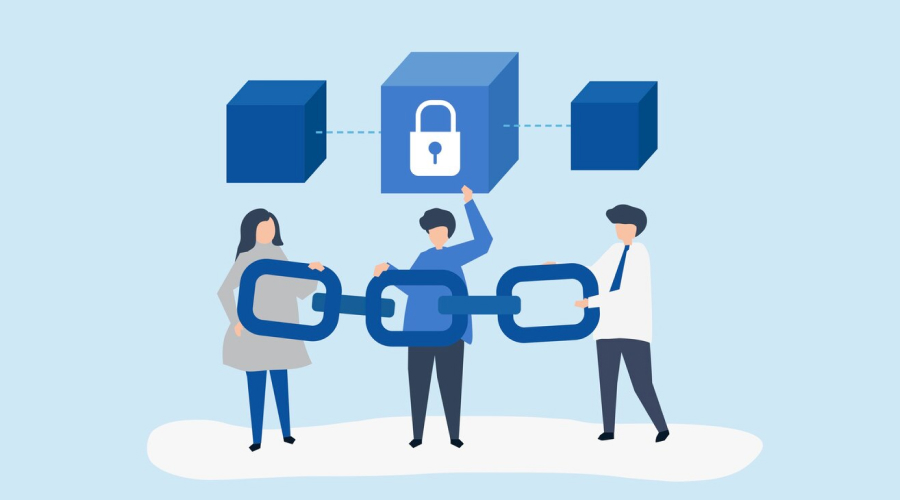
The use of blockchain technology to improve the security of IoT apps is increasing. Implementing blockchain technology for secure, tamperproof data transfers can be complex and require extra development resources. This will impact costs.
➥ Sustainability Considerations
The IoT application development company develops energy-efficient and eco-friendly apps as sustainability is becoming a focus for businesses. The development cost can be affected by incorporating sustainability measures such as optimizing energy consumption.
➥ Rapid Prototyping and Agile Development
Rapid prototyping and agile methodologies are accelerating IoT app development. This can speed up the time to market, but it also requires more collaboration. It could even increase costs.
Considerations for Managing IoT Application Development Costs
Follow the below considerations to manage the cost of IoT application development:
➥ Clear Project Scope and Requirements
To effectively control costs, defining a project’s scope and requirements clearly can help minimize uncertainty over cost management. By doing this, prices will likely remain under control.
➥ Prioritization of Features
This allows businesses to develop a Minimum Viable Product (MVP), launch it, and refine it based on user feedback. Using this approach, you can manage your costs and reduce the time to market.
➥ Agile Project Management
Agile project management methods allow for flexible responses to changes in requirements. Agile frameworks such as Scrum and Kanban enable continuous improvement and iterative development, contributing to cost-effective development.
➥ Selecting the Right Technology Stack
It is essential to choose the right technology stack. Cost-effective technologies such as open-source, cloud-based platforms, and scalable databases can be found.
➥ User Testing and Prototyping
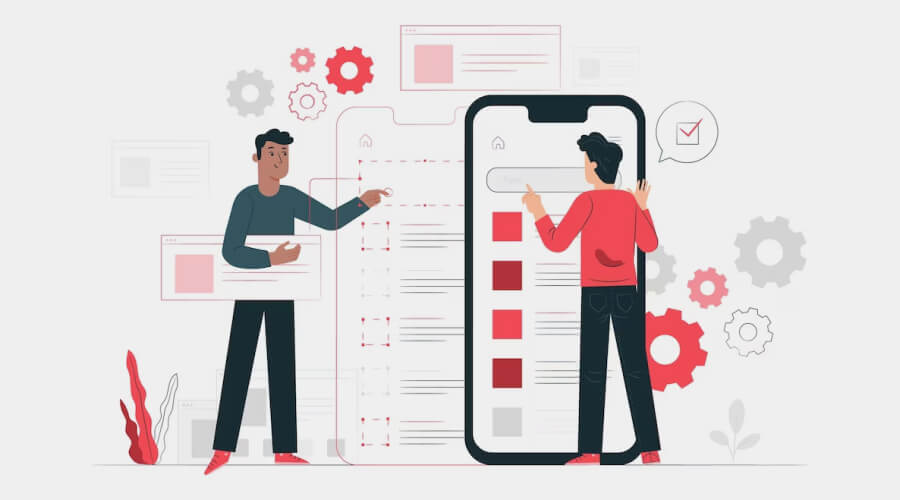
Investing in prototypes and user tests early in the development process helps identify and resolve potential problems and improve the application’s features. You can save money by preventing expensive changes at later stages of development.
➥ Communication and Collaboration
A successful project requires effective collaboration among development teams, end users, and stakeholders. Clarity in communication is critical to understanding the requirements and issues and avoiding miscommunications, which could increase development costs.
➥Regular Maintenance and Updates
For the IoT app development to remain secure and current, it is essential that you perform regular maintenance and updates. Budgeting for support and upgrades after launch ensures the application’s long-term viability.
Also Read: Top Key Features And Benefits Of React js Development
Conclusion
The features of IoT apps and their costs will shape the connected future in 2024. These features highlight the importance of comprehensive and user-centric apps. These features will become more critical as IoT develops. They are the foundation for building robust, secure, and adaptable ecosystems.
Cost considerations also reveal the complexity of IoT. The nuanced landscape of financial concerns is influenced by complexity, security protocols, and integration of new technologies like 5G, AI, and edge computing. Strategic planning, agile methods, and an understanding of the project scope are crucial to manage costs efficiently.
The intersection between these features and cost reveals an industry poised to innovate and be efficient. In 2024, businesses navigating the IoT world must balance the latest functionalities and financial planning to provide solutions that meet today’s demands while anticipating tomorrow’s challenges.
The key to unlocking IoT’s full potential in this age of connected possibilities is the combination of sophisticated features with prudent cost management.



